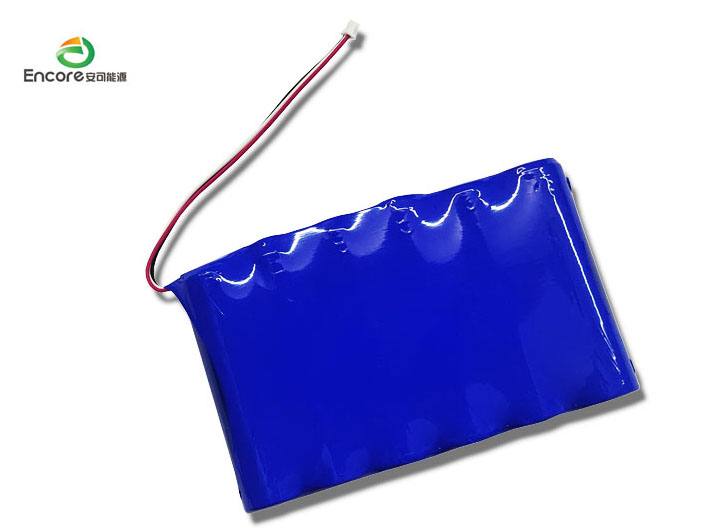- English
- Español
- Português
- русский
- Français
- 日本語
- Deutsch
- tiếng Việt
- Italiano
- Nederlands
- ภาษาไทย
- Polski
- 한국어
- Svenska
- magyar
- Malay
- বাংলা ভাষার
- Dansk
- Suomi
- हिन्दी
- Pilipino
- Türkçe
- Gaeilge
- العربية
- Indonesia
- Norsk
- تمل
- český
- ελληνικά
- український
- Javanese
- فارسی
- தமிழ்
- తెలుగు
- नेपाली
- Burmese
- български
- ລາວ
- Latine
- Қазақша
- Euskal
- Azərbaycan
- Slovenský jazyk
- Македонски
- Lietuvos
- Eesti Keel
- Română
- Slovenski
- मराठी
- Srpski језик
What is a lithium iron phosphate battery?
The lithium iron phosphate battery is a lithium ion battery with lithium iron phosphate (LiFePO4) as the negative electrode material and carbon as the negative electrode material. During the charging process, part of the lithium ions of the lithium iron phosphate will escape, pass through the electrolyte to the cathode, and intercalate the cathode carbon species.
The lithium iron phosphate battery is a lithium element battery with phosphoric acid as the negative electrode material and carbon as the negative electrode material. The rated voltage of the monomer is 3.2V, and the charge cut-off voltage is 3.6V~3.65V.
During the charging process, part of the ions of lithium iron phosphate will escape, pass through the electrolyte to the negative electrode, and intercalate the carbon material. At the same time, electrons are released from the outer circuit to the cathode, keeping the chemical reaction in balance. During the discharge process, the ions escape through the magnetic force, pass through the electrolyte to reach the released electrons, and reach the anode in the external circuit to provide energy to the outside.

Lithium iron phosphate batteries have the advantages of high working voltage, high energy density, long cycle life, good safety performance, low self-discharge rate, and no memory.
What is the introduction of lithium iron phosphate battery?
In the structure of LiFePO4, the oxygen atoms are closely arranged in a hexagram. The PO43-tetrahedral body and FeO6 octahedral body become the space skeleton of the crystal, Li and Fe occupy the octahedral gap, P occupies the tetrahedral gap, where Fe occupies the corner-sharing position of the octahedral body and Li occupies the octahedral body covariate position. FeO6 octahedra are connected to each other on the BC plane, and LiO6 octahedral structures in the B-axis direction are connected to each other in a chain structure. One FeO6 octahedron coexists with two LiO6 octahedrons and one PO43-tetrahedron.
The total octahedral network of FeO6 is discontinuous and therefore cannot become elementally conductive. On the other hand, the bulk of the PO43-tetrahedron confines the volume change of the lattice, which affects the ablation and electron diffusion of Li, resulting in extremely low elemental conductivity and ion diffusion efficiency of the cathode material.
The theoretical capacity of LiFePO4 battery is high (about 170mAh/g), and the discharge platform is 3.4V. Li goes back and forth between the anodes, and an oxidation reaction occurs when the electricity is charged, Li escapes from the electrolyte, and is intercalated through the electrolyte, and iron is converted from Fe2 to Fe3, and an oxidation reaction occurs.



